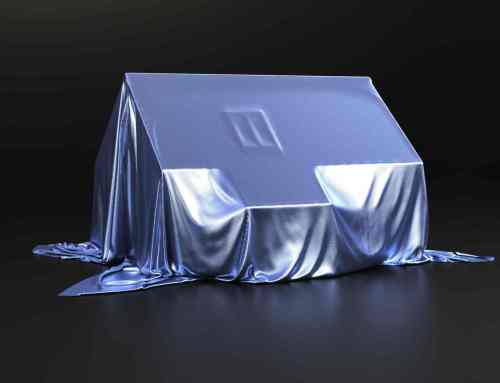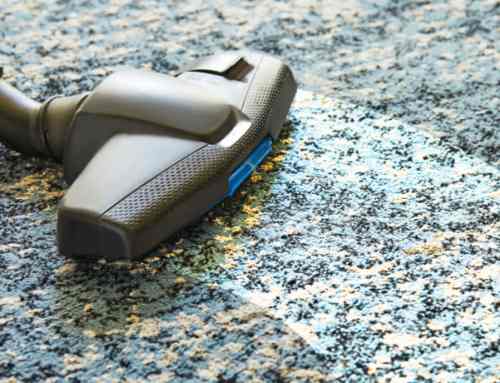The Remarkable History of Nylon
 When you hear the word nylon you probably think of socks, stockings or sweaters. Nylon is used in many clothing applications for durability, elasticity and comfort. It is also used to make carpet. But nylon is not always a soft fluffy material. Used in hair combs, toothbrushes, electrical cover plates and other everyday items, nylon is actually a tough, flexible, durable plastic.
When you hear the word nylon you probably think of socks, stockings or sweaters. Nylon is used in many clothing applications for durability, elasticity and comfort. It is also used to make carpet. But nylon is not always a soft fluffy material. Used in hair combs, toothbrushes, electrical cover plates and other everyday items, nylon is actually a tough, flexible, durable plastic.
So how do we get soft materials from nylon?
Through a process called extrusion, nylon pellets are melted and forced through minute holes called spinnerets. As the molten nylon cools, it forms tiny strands called filaments. Hundreds of such filaments, each finer than a human hair, are twisted together to form yarns. These yarns are stitched through a backing material to make carpet and other soft items.
The 1st Generation of Nylon
Today, nylon is by far the most popular fiber used in making carpet. So it may be surprising to find that nylon’s history as a carpet fiber got off to a rough start. In fact, this popular fiber had to go through several changes or “generations” to get where it is today. Original, or first generation, nylon fibers used in carpet had a round cross-section. This had the effect of magnifying particles of dirt that adhered to the fiber. So not only did early nylon carpets show soil, they made what soil was there look worse than it actually was.
The 2nd Generation of Nylon
Around 1960, the first major change, or 2nd generation, altered the shape of the individual filaments, making nylon carpet better at hiding soil. This was a major improvement, but nylon still had some issues. If you are at least 40 years old, you can probably remember the days when
walking on carpet and touching another person could be a shocking experience.
The 3rd Generation of Nylon
In the 1970’s fiber producers added antistatic properties to the fibers to dissipate static electricity build-up. This 3rd generation was a meaningful improvement, but the carpets still soiled easily and were somewhat difficult to clean.
The 4th Generation of Nylon
4th generation nylon had the added feature of soil retardants such as 3M ScotchGard and DuPont Teflon. This revolutionary advancement made vacuuming more efficient and helped repel most common household soils. Now carpets were easier to clean and they actually stayed cleaner
longer. But even with all of these improvements, there was still one major problem that had to be overcome. Nylon carpets were still susceptible to staining by natural and artificial colors used in foods and soft drinks. Most of the carpets sold were in darker colors in order to hide such stains.
Modern Nylon Carpet
Introduced in the 1980’s, 5th generation Nylon has the property of stain resistance with the addition of acid-dye resistors. This made the fibers resistant to acid-based dyes like red wine and food coloring that could otherwise cause permanent stains. For the first time, manufacturers were able to offer a stain-resist warranty on carpets. However, even with all of the advancements in nylon, these carpets are not stainproof. Proper care must be taken to assure they retain their ability to resist soiling and staining. Of course, regular vacuuming is an important first line of defense, as is quick response to spills and spots. Periodic professional cleaning is also important, and is required every 18 to 24 months to maintain most carpet warranties.







